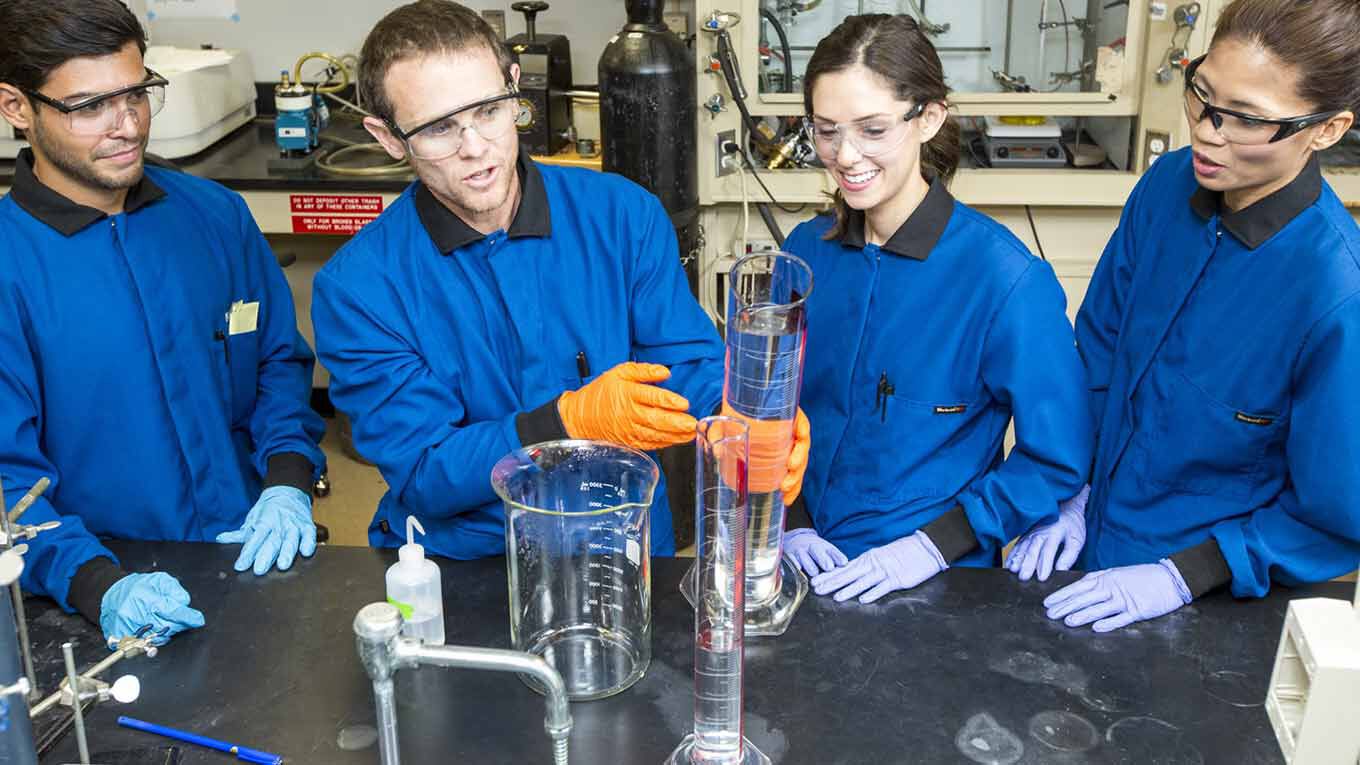Top 5 Lab Safety Tips

Key takeaways from this article:
• Laboratories contain a range of hazards: from fires to dangerous chemicals.
• An effective safety program should be detailed, updated regularly, and based on specific lab risks.
• Safety culture is crucial: Communication is vital, and everyone should prioritize and understand safety protocols.
• Appropriate PPE selection: Choose based on specific lab threats, such as flame resistance or chemical protection.
• Continuous safety review: Always look for potential improvements and stay updated with the latest safety innovations.
OXNARD, Calif. (Feb. 19, 2018) — From fires and explosions to sharp objects, pathogens and dangerous chemicals, laboratories are home to a variety of hazards. To help promote lab safety, Workrite Uniform Company — a manufacturer of protective workwear, including lab coats — recommends following these safety tips.
1. ESTABLISH A COMPREHENSIVE SAFETY PROGRAM
Based on the hazards in your laboratory and the applicable safety standards and regulations, determine the equipment, procedures, emergency protocols and environmental conditions that will best facilitate safety. Be sure to document the program and complete ongoing audits as needed.
2. CREATE A CULTURE OF SAFETY
Once you’ve established a safety program, it is important to communicate all safety information clearly and ensure laboratory personnel and visitors fully understand the actions they need to take. Make sure that safety is treated as a top priority and that each individual has the safety resources they need and feels comfortable bringing up safety concerns.
3. FOLLOW SAFE WORK PRACTICES
Outlining safety procedures is one thing — following them consistently is another. Even basics such as keeping food out of the lab, storing chemicals correctly, practicing good housekeeping in work areas and washing your hands can easily be forgotten. Remember that skipping a step even once can have devastating consequences.
4. USE THE PROPER PPE
Personal protective equipment (PPE) can include lab coats, safety glasses or goggles, gloves, and beyond. Always ensure that the equipment you select is designed for the hazards present in your laboratory. For example, you may need lab coats that are flame-resistant (FR), offer chemical-splash protection (CP) or provide a combination of both (FR/CP).
5. REGULARLY RE-EVALUATE YOUR APPROACH
Even if you have a strong safety program in place and have gone awhile without an accident, it is still important to be vigilant. Stay on the lookout for potential safety issues as well as new innovations in laboratory safety, and continue to improve your program over time.
Workrite Uniform manufactures chemical-splash protection (CP) lab coats, flame-resistant (FR) lab coats and FR/CP lab coats that combine thermal and chemical-splash protection in a single garment.